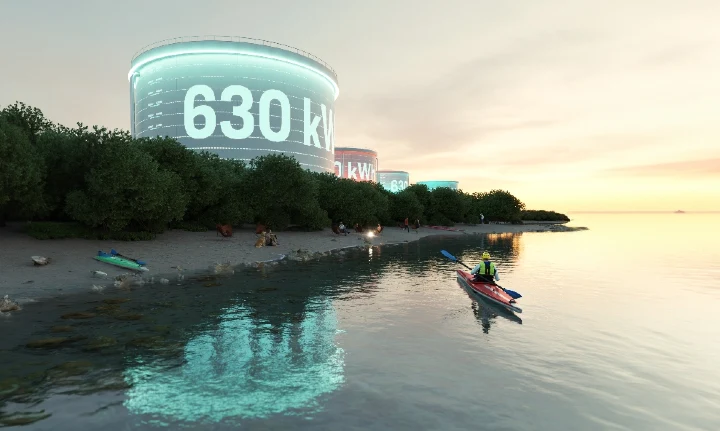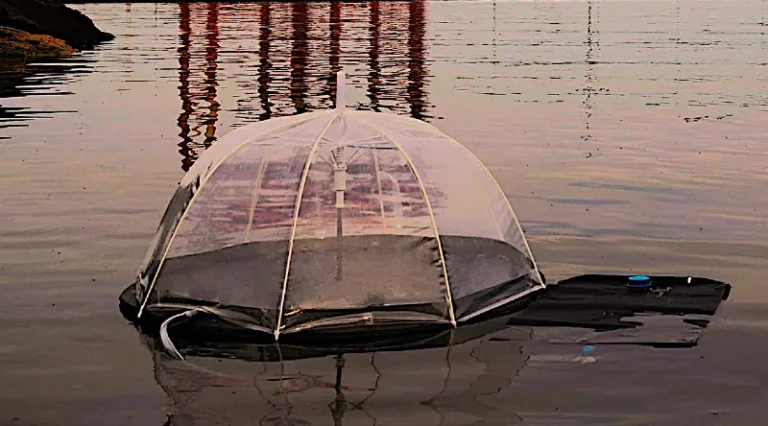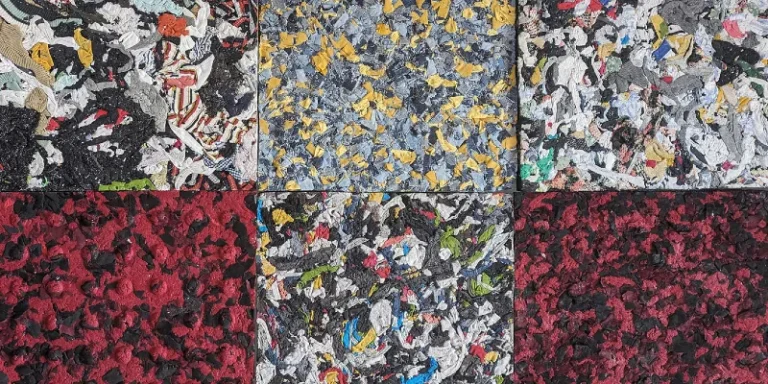An old oil refinery in Trieste, Italy, is getting a green makeover, transforming into a renewable energy park. This shift is part of a bigger movement, turning spaces once harmful to the environment into eco-friendly, public havens.
Carlo Ratti Associati (CRA) is spearheading this project, turning the site into a sprawling 90 acres (365,000 square meters) park. It’s not just any park, though. It’s one that powers itself, thanks to innovative energy solutions, using the site’s six former oil tanks.
These tanks, towering at 49 feet (15 meters) and with a capacity of 29 million gallons (110,000 cubic meters), will harness the power of seawater to generate clean energy.
Here’s the cool part: the tanks will act as giant batteries. They’ll fill up with seawater, storing energy. When it’s needed, this water will be used to produce hydroelectric power, then released back into the sea.
The entire operation is fueled by solar panels, making the park a beacon of sustainable energy.
But it’s more than just an energy project. It’s about reconnecting Trieste with its surroundings, including the neighboring town of Muggia. The park will feature green spaces, urban farms, and even an Innovation Park with a biotech research facility. It’s a bold step toward a more sustainable future, hopefully inspiring more cities to follow suit.
More To Discover
- Plant-Based Leather Lighting Casts Shine On Design Sustainability
- Color-Changing Lid Alerts to Spoiling Food: A Simple Solution to Save Your Groceries, Lower Food Waste
- Puzzle-Inspired Electric Minivan: Where Modular Design Meets Sustainability – Ugly Yet Promising
- Turning Old Smartphones Into Desk Art: A Simple Fix to a Big Waste Problem
“One of today’s major challenges is the transformation of the 20th-century industrial and energy legacy infrastructure we have in our cities” founding partner of CRA Carlo Ratti stated. “Our project in Trieste manifests this ambition in a striking way – the same pipes that were polluting the environment can now power the green revolution. The future energy infrastructure should not be hidden from public view, as it happened in the past. Rather, it should become part of urban experimentation, allowing a conversation to happen on our future development paths”.
CRA-Carlo Ratti Associati is an international design and innovation practice based in Turin, Italy, and New York City. Drawing on Carlo Ratti’s research at the Massachusetts Institute of Technology (MIT), the office is currently involved in many projects across the globe, embracing every scale of intervention – from furniture to urban planning.



















